Custom Drapery – Selecting Your Pleat Style
Nov 17, 2023
High Country Drapery Designs is a full service custom window treatment company headquartered just out of Chattanooga, Tennessee. With offices across the Southeastern United States, we are able to extend our full service options to clients in Tennessee, Georgia, North Carolina, South Carolina and even Florida. High Country is comprised of drapery experts; from design and construction to fabrication and installation. Our objective is to create gorgeous custom drapery that meets that needs and personal style of our clientelle.
When creating custom drapery, step one is selecting the Pleat or Header Style.
Drapery Pleat / Header Styles
The header refers to the various types of tops used for drapery panels, most notably the various pleating options. A pleat will give your draperies structure and shape, adding volume and texture. The pleating style impacts how the fabric will hang, the drapery’s fullness, the stack back required (the amount of wall space drapery takes up when open), and how functional the panels will be. Let’s explore the five most common header styles in the southeast.
Read also: 5 Popular Drapery Pleating Styles in Chattanooga, TN
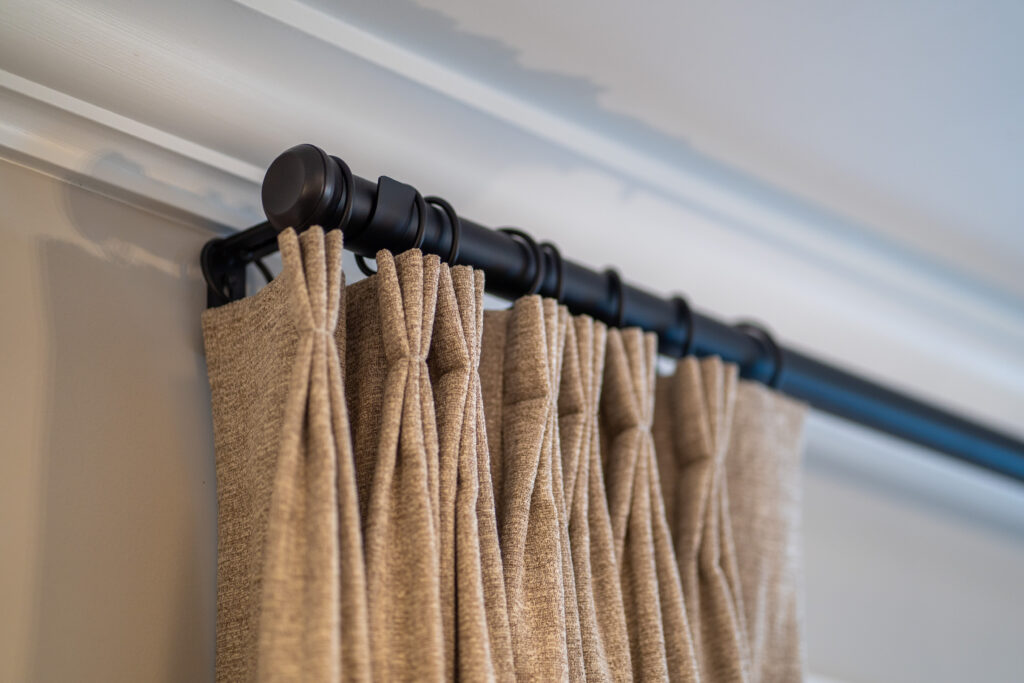
French pleat
French pleats or pinch pleats consist of narrow, closely-spaced folds called fingers. The folds appear to be pinched at the base, forming fans above and below the pleat. A french pleat is a timeless, traditional option that will give your room an elegant, finished look. This particular pleat requires a large stack back, so ensure you have plenty of room on each side of your window for unobstructed views.
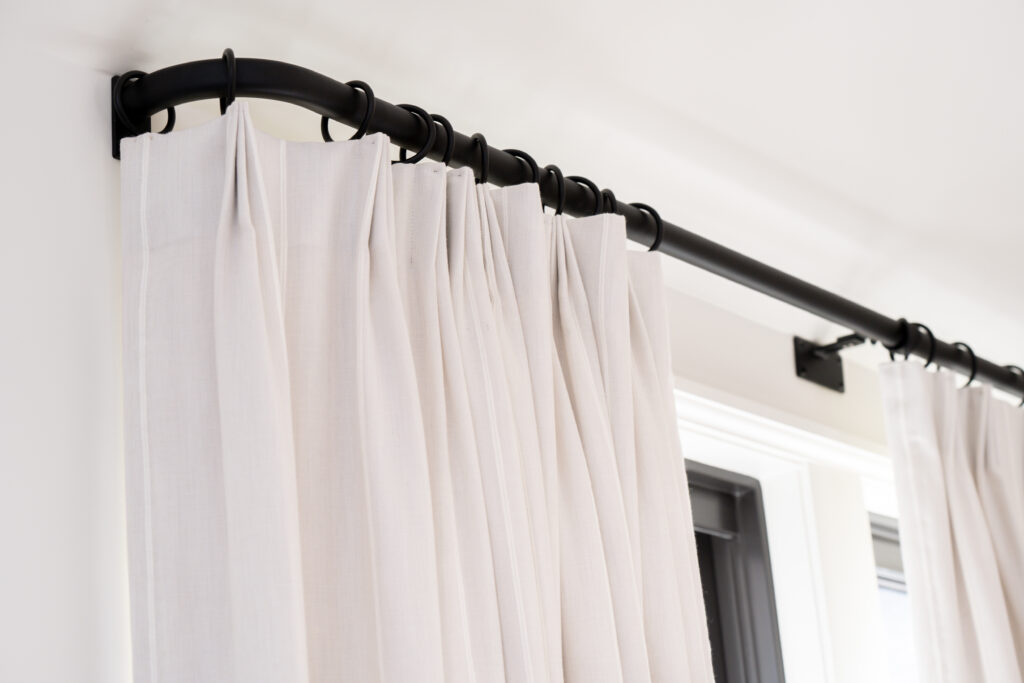
Euro pleat
The euro pleat or Parisian pleat is a modern twist on the french pleat. The folds are pinched at the top and open at the bottom so that the fabric elegantly and effortlessly flows to the floor. Euro-pleated drapery panels are full and require a large stack back but are easy to open and close with minimal styling. We love them in just about any home style, including traditional, contemporary, and transitional.
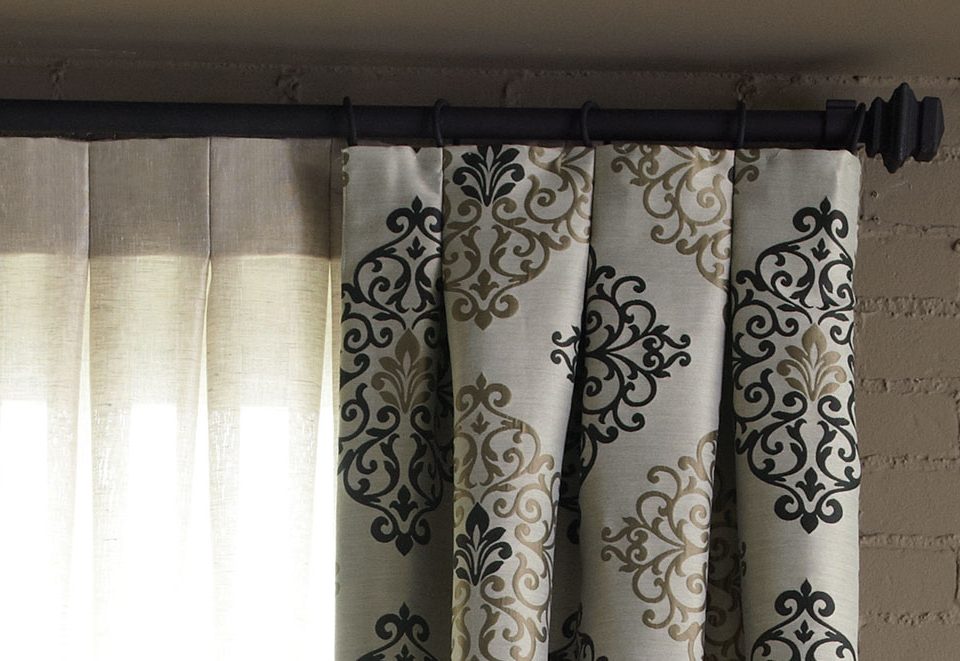
Box pleat
The box pleat or tuxedo pleat is achieved by folding two lengths of fabric away from each other. The folds meet in the middle of the backside of the material. The fabric is sewn together to form a box at the top of the drapery panel, and the shape continues down to the hem. With a box pleat, you get a full, luxurious look with a smaller stack back than a french or euro pleat.
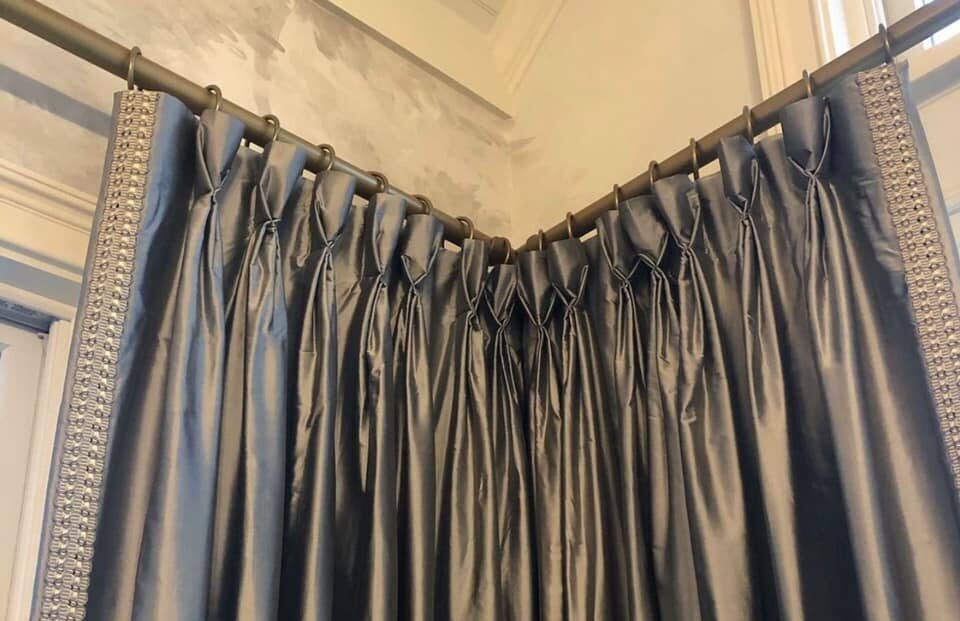
Goblet pleat
A goblet pleat is formed by creating small folds below the header, and each fold looks like a mini goblet or wine glass. This option is elegant and sophisticated and makes any room look more formal. The goblet pleat is excellent for decorative purposes but is not very functional.
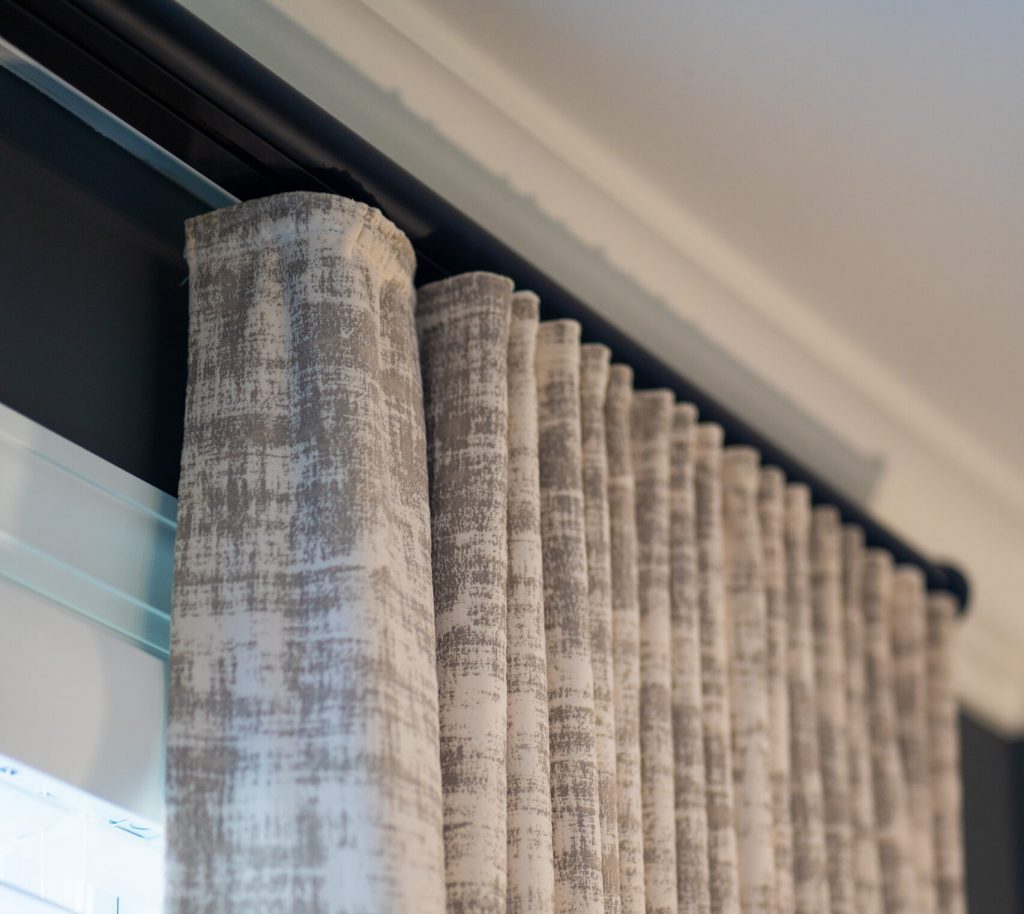
Ripplefold
The ripplefold is a sleek and modern alternative to a more traditional pleat, perfect for contemporary homes. The drapery panel is flat, and the pleating is created by spacing out snaps (called carriers) on the fabric and attaching them to the drapery hardware. The snaps help create an undulating wave pattern. Ripplefold draperies are very easy to operate because the panels glide effortlessly on a specialized track system.
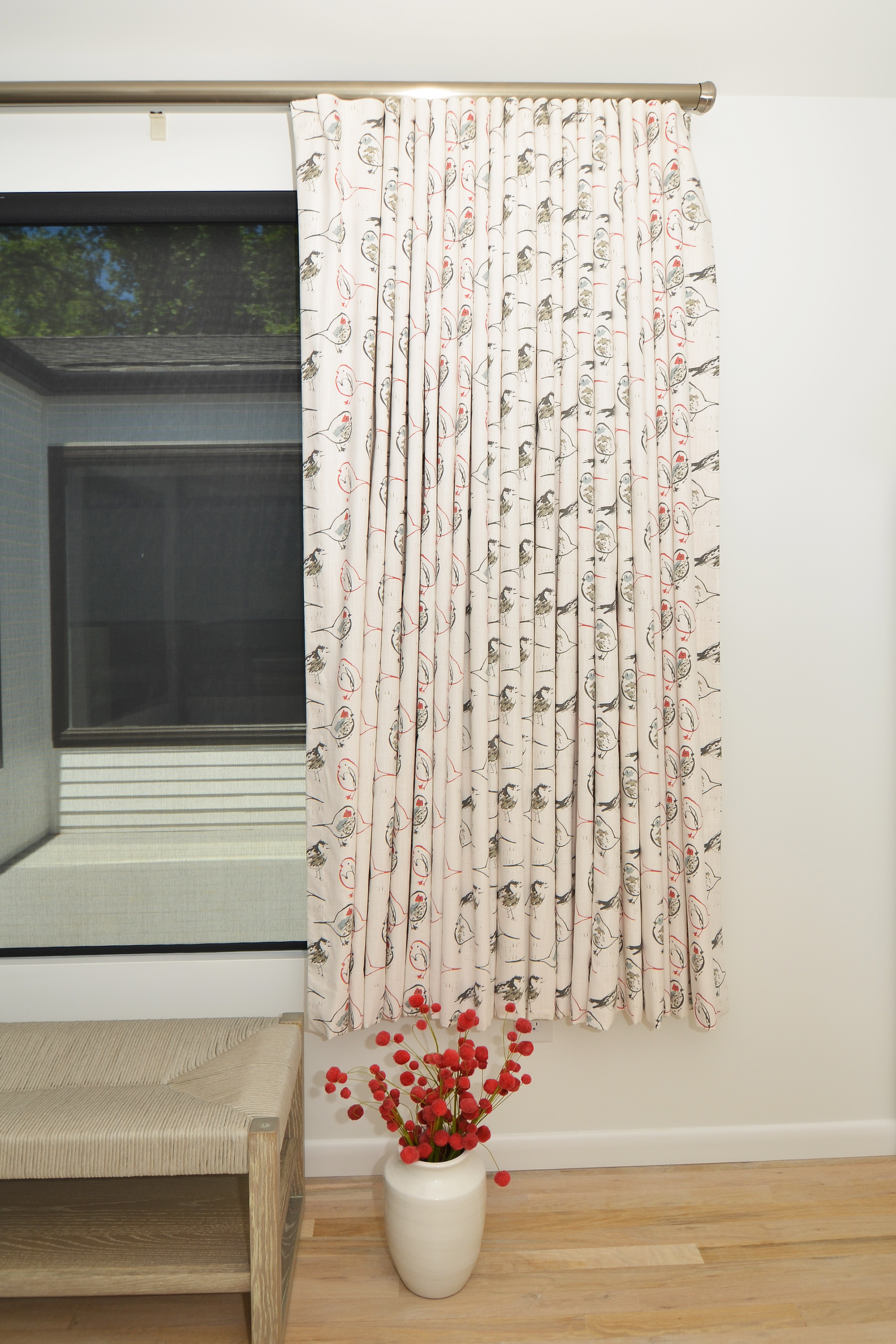
Take a peek at our current projects here on our Instagram Account.

